Saturdays are dearer nowadays. The wait for those two evening hours from 7 to 9 dedicated exclusively to art is always rewarding. PhotoMuse, even though established as a museum for the study of photography, has grown beyond its scope and now hosts many activities concerning all art forms as well as photography. This includes talks on art history and visual aesthetics, practical interactive sessions with senior photo artists, cinematographers, painters, etc. Since the world fell into the grip of the Pandemic, PhotoMuse has also migrated to the online platform. ‘My Art’ is a new addition to this line of academic programs in which artists from all genres of visual arts talk about their art practice. Mr. Vijayakumar Menon, Art historian, inaugurated this program with an introductory oration in July 2021.
It was Sri. Vivek Vilasini, a world-renowned sculptor turned multi-media artist who shared his art, and ideas on July 31, 2021, Saturday. The program started with a short introductory speech by Dr. Unnikrishnan Pulikkal, Director of PhotoMuse. As time changes, art and its presentation also go through unprecedented changes. Mr. Vivek Vilasini’s talk was an example of such a change. He started his presentation with a picture from his series, “Between one shore and several others”. Kerala, a tiny patch of land at the extreme south of the vast Indian subcontinent has the commendable quality of adapting to any idea born anywhere in the world. The very first photo he presented depicted this idea and created extreme curiosity to explore further. He made it clear that it was not the daily practice of taking photographs that shaped his art. Instead, it was his habit of reading art history, and the curiosity to understand different aspects of art that set the pace for his life as an artist. He narrated the concept of different cultures coming together, by showing the image of Nestle Atta Noodle packet, the irony of a Swiss multinational company manufacturing a Chinese dish with Indian ingredients.
He then presented a picture from his series, ‘Vernacular Chants’, well exemplified by a panel of nine pictures of Ambedkar statues in different locations in India. Almost all of his works are presented as large format prints, and this was also not different. Mr. Vilasini opined that the large size of a picture automatically commanded the importance it deserves. Next was ‘Unconstitutional’, the picture of a beheaded statue of Dr. Ambaedkar. When one looks at this huge picture in 3X9 feet, it loudly proclaims the situation and culture of the place where a beheaded statue of the architect of the Indian constitution is situated.
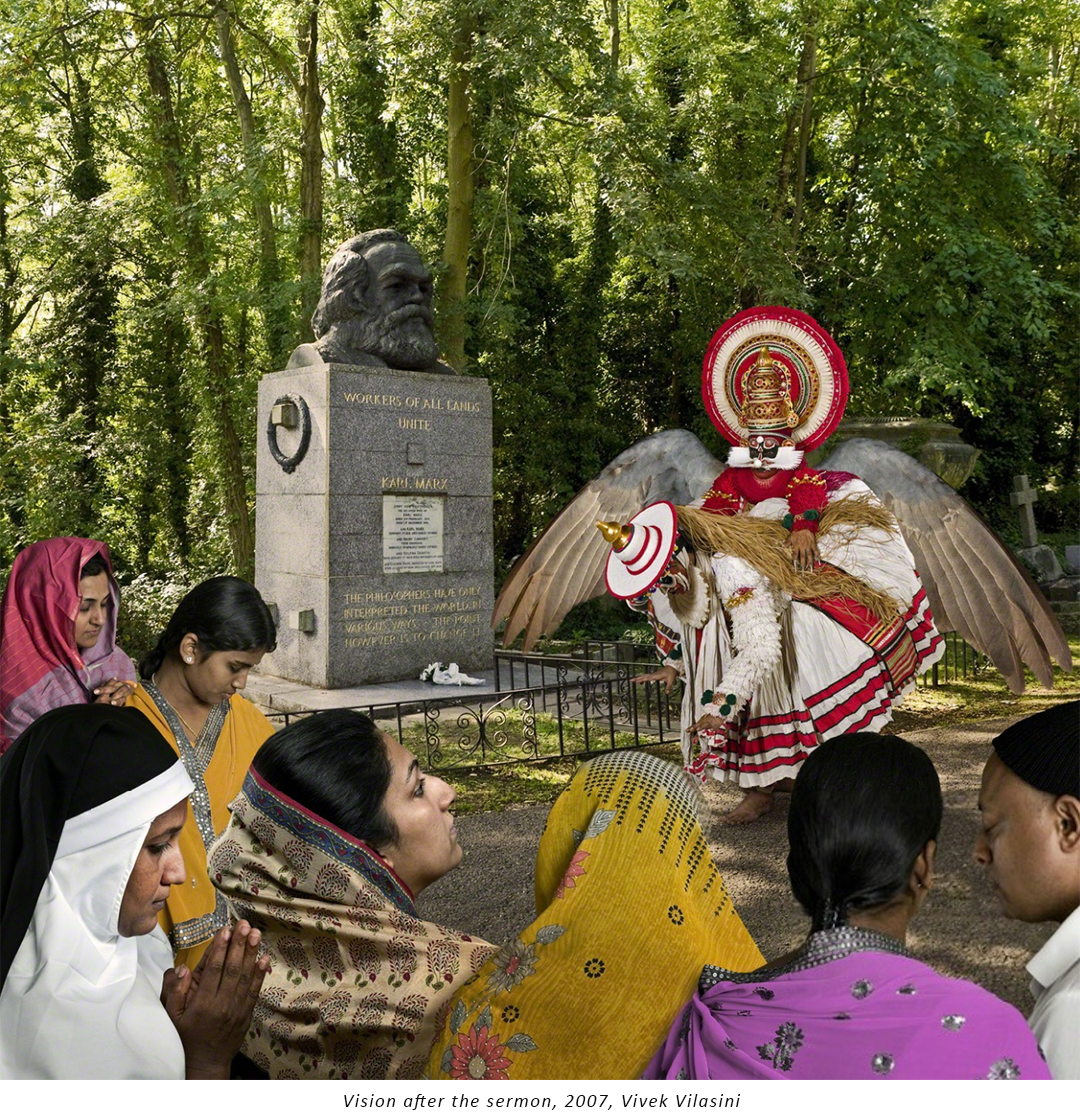
In another seminal series, he ‘translated’ and showed us the ‘Creation of Adam’ by Michelangelo, ‘Vision after the sermon’ by Paul Gauguin, and ‘The Incredulity of Saint Thomas’ under the blanket title “Between one shore and several others”. Through his art, he was attempting to create a visual translation of the masterpieces to the vernacular, by ‘taking the ownership’ of them. This practice was inspired by the 19th-century American poet, Walt Whitman, who spent most of his professional life writing and rewriting a single book titled Leaves of Grass. All new poems he wrote were additions to ‘Leaves of Grass’. The history and the process of the book is an example of an artist’s quest for perfection. All art forms inspire each other. It is the expression that matters for an artist, and not the shape it takes. Mr. Vilasini says, “the picture need not look real. It can be seen as created. Art allows such freedom”.
‘Last Supper – Gaza’ was another amazing experience. There are numerous interpretations of the last supper. Mr. Vilasilni himself had previously created a work with 13 Kathakali artists performing the last supper with a bouquet of expressions. But in the Last supper Gaza, the artist goes a step further. Here the purdah-clad women have no means to express their emotions, except for their eyes. And, the all-encompassing black that fills the image imparts a unique philosophical dimension to the work.
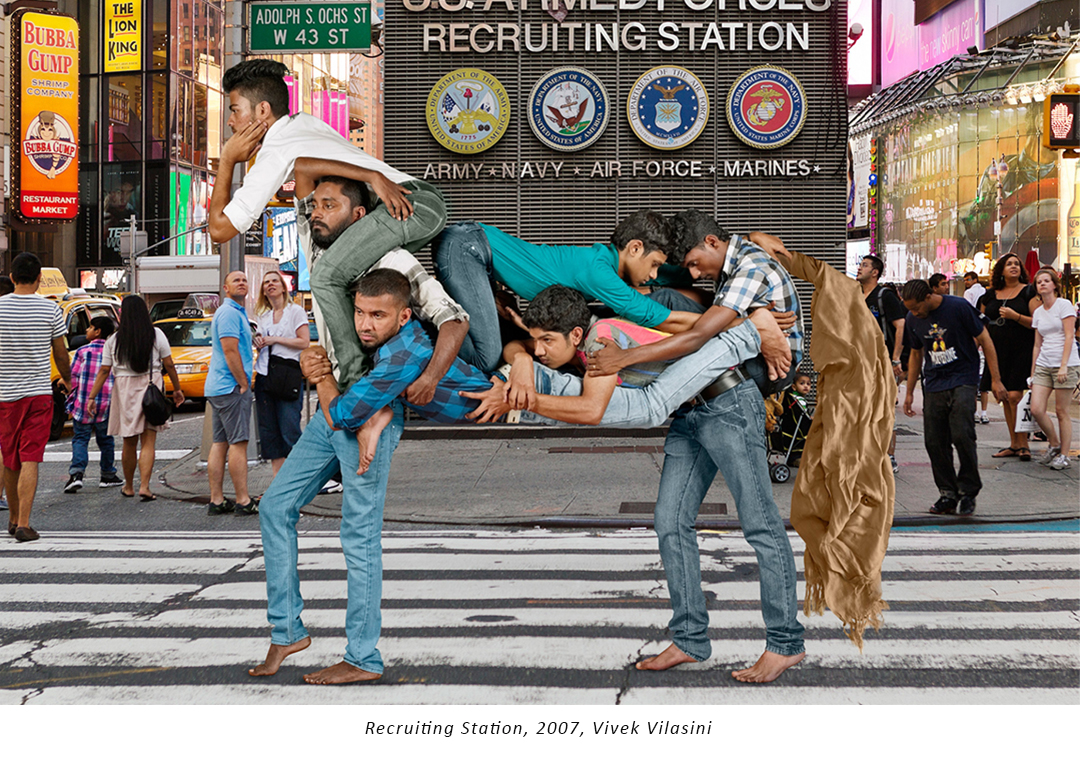
The presentation continued with many other extraordinary works like ‘Include me Out II’, ‘Lest We forget’, ‘Recruitment Station’, and the ‘Night sea voyage’, a picture of reclamation yard that talks about the ‘places in transit’. ‘City fifth investigation’ is not a photograph but an example of how an artist can use his medium to express the responsibility towards humanity as a whole. Delhi is the most polluted capital city in the world. He placed Tibetan rice papers on the terrace of an art society building. The pollution discolored the rice paper and those 31 papers are arranged in the fashion of the date column in a calendar. It speaks louder than any article or speech on the subject of pollution in Delhi.
Cruising through a wide array of other interesting works and thoughts, he concluded the talk with ‘Ways of Seeing’. In this series, Mr. Vilasini presented the images of the personalities who influenced the ways of his seeing. His face was superimposed on the face of men of influence in such a way that they have one eye in common, a brilliant way of crediting an artist’s inspirations.
“Seeing comes before words. The child looks and recognizes before it can speak…But there is also another sense in which seeing comes before words. It is seeing which establishes our place in the surrounding world; we explain that world with words, but words can never undo the fact that we are surrounded by it” – John Berger, Ways of Seeing.
Author
Suresh Sekharan

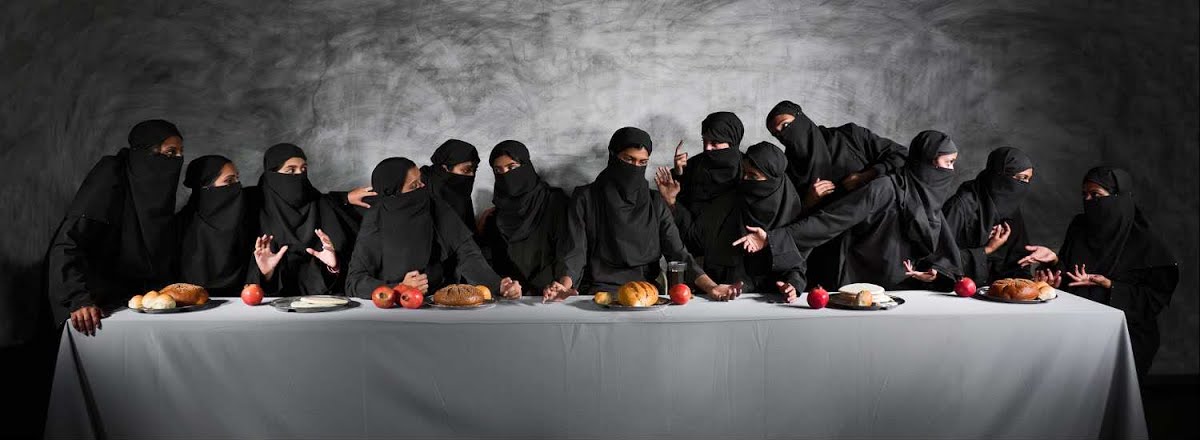
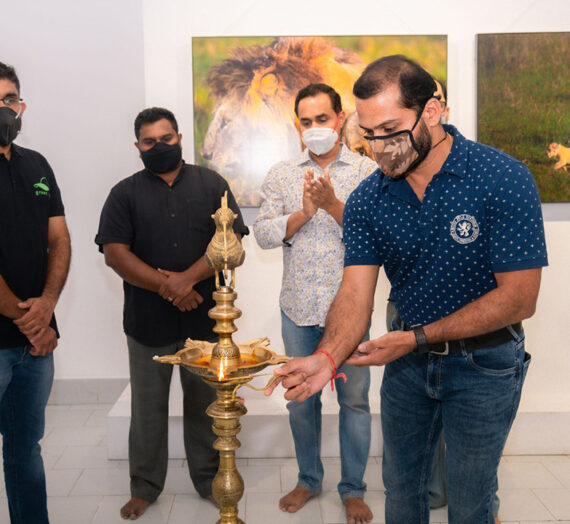
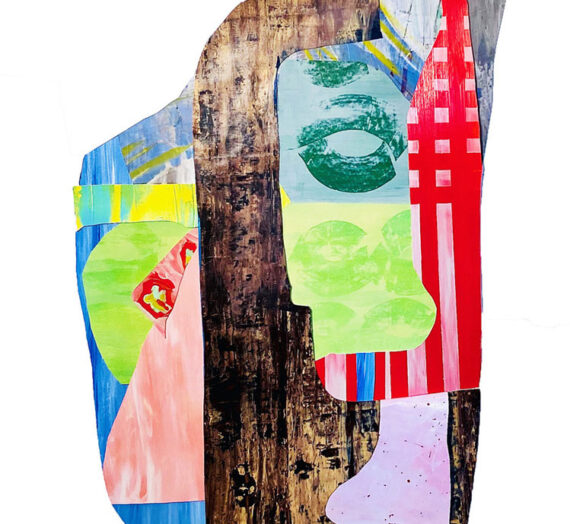
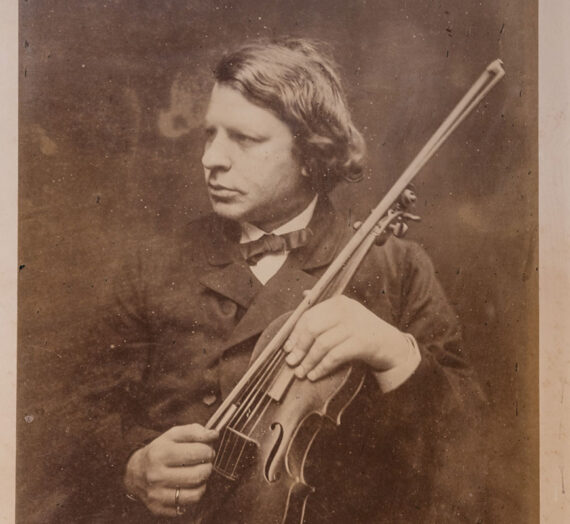
M. A. Latheef
Good articles..